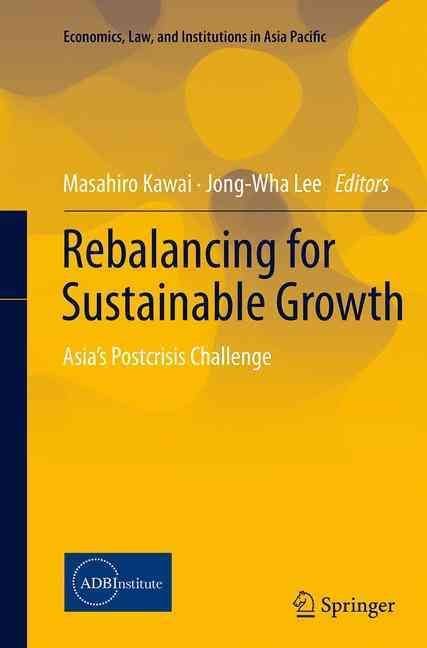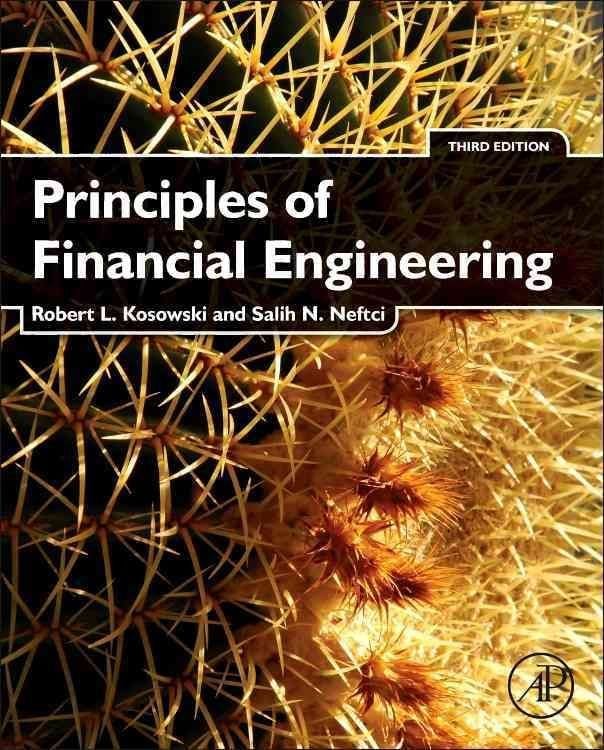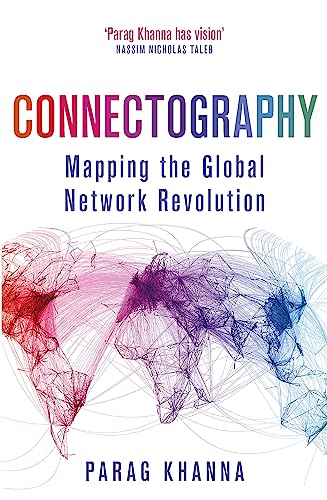The Asian model of export-led growth served it well in the post-war period, but prolonged sluggish growth of the developed economies following the global financial crisis, together with growing inequality and rising environmental problems, point to the need for a new growth model. The purpose of this book is to describe the challenges facing Asian economies in the post-global financial crisis environment and to identify structural issues and policies that can help guide Asian policymakers to expand the growth potential of domestic and regional demand in coming years, and thereby create a basis for balanced, sustainable, and inclusive long-term growth. These issues and policies span a variety of dimensions, including macroeconomic policy (monetary, fiscal, and foreign currency management), real sector issues (trade and industrial structure), infrastructure development, labor market and social policy, financial sector reform and regulation, and regional cooperation and architecture. Key recommendations to achieve these goals include measures to: deepen social protection to support social resilience; increase infrastructure investment to create a ?seamless Asia?; enhance productivity in the services sector; establish a region-wide free trade agreement to encourage intraregional trade in goods and services and investment through economies of scale and dynamic efficiency of a larger market; promote a shift to a low-carbon society and support green growth; and deepen and integrate financial markets to facilitate the recycling of Asia’s high savings for investment within the region.












